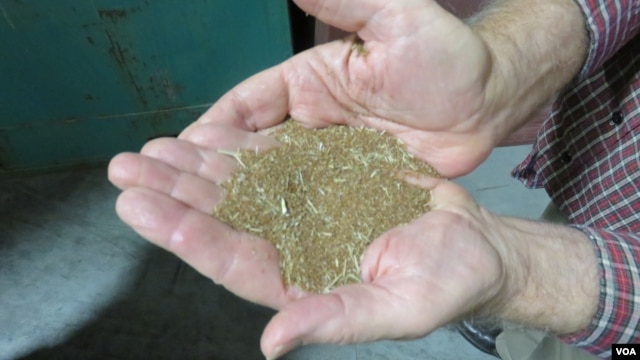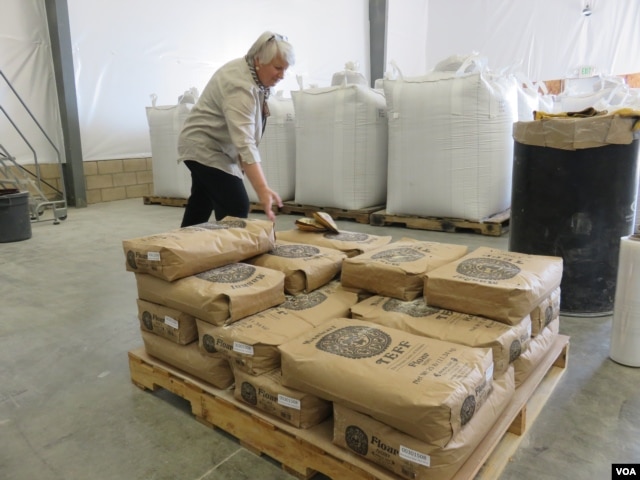ScienceRocks
Democrat all the way!
- Banned
- #1
Significant wheat production potential in eight African nations-climate, soil and economic data analysis
October 8, 2012
Read more at: Significant wheat production potential in eight African nations-climate, soil and economic data analysis
Africa is capable of feeding it's self, but the people surely aren't. Maybe it has something to do with being stupid?
October 8, 2012
In releasing the first ever comprehensive report on sub-Saharan Africa's economic and biological potential for producing wheat, scientists said today that the region's farmers may be growing only 10 to 25 percent of the production the research suggests is both biologically possible and economically profitable. With rainwater alone, and with proper use of fertilizer and other investments, 20 to 100 percent of farmlands in the 12 nations studied appear to be ecologically suitable for profitable wheat farming, according to an analysis based on advanced computer modeling techniques.
The analysis, prepared by researchers at the International Maize and Wheat Improvement Center (CIMMYT), comes precisely at a time when burgeoning populations and rapid urbanization in Africa are pushing up domestic imports of increasingly expensive wheat grain. The report was released at the first conference ever to seriously explore where increased wheat growing in Africa is biologically feasible, economically profitable and internationally competitive as a hedge against food insecurity, political instability and price shocks.
The authors warned of the need for further analysis to address the economic, social and environmental impact of boosting wheat production on the rich agricultural lands of eastern and southern Africa. "Our study suggests that if the proper investments are made, eight of the countries in our study could significantly reduce their dependence on wheat imports," said Bekele Shiferaw, a lead author and director of CIMMYT's Socioeconomics Program, based in Nairobi, Kenya. "But our work also suggests that fulfilling the promise of this study will require a shift in how the crop is viewed in sub-Saharan Africa and will only occur with significant support from governments and development agencies."
Read more at: Significant wheat production potential in eight African nations-climate, soil and economic data analysis
Africa is capable of feeding it's self, but the people surely aren't. Maybe it has something to do with being stupid?


